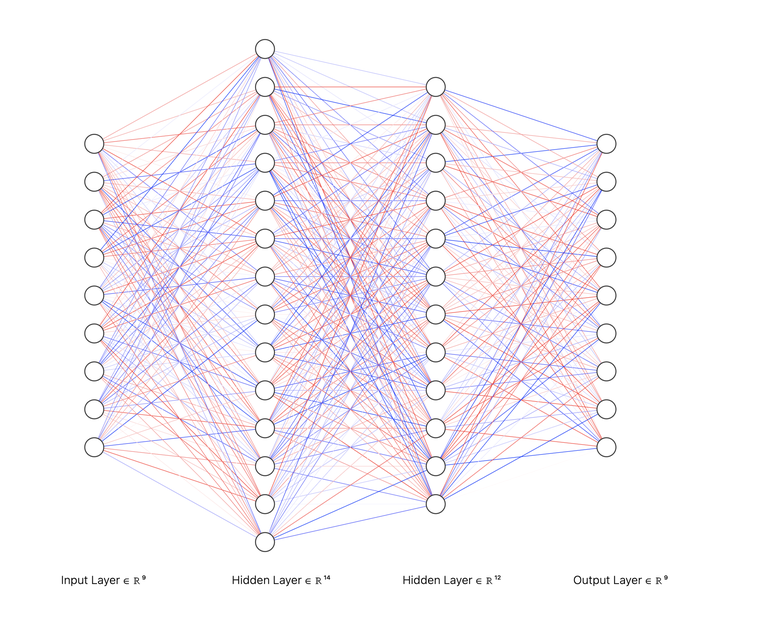Heyy folks, I'd like to share my coding project with you. I always wanted to make a bicycle game of my own and here I am sharing the game I made from scratch(all the PHYSICS as well). It uses plain Javascript.
https://kingofdelphi.github.io/projects/bicycle/
This is the source code available for the public. https://github.com/kingofdelphi/bicycle
Please look up the source code and tweak as you feel like it.















